Hybrid cloud models have emerged as the go-to solutions for businesses seeking flexibility, scalability, and optimized IT operations. However, as with all technological advancements, hybrid cloud adoption introduces its own unique set of security challenges. Let us understand the birds-eye-view of hybrid cloud security to understand these implications better.
1. Data Privacy and Sovereignty
Advanced Encryption Standards: In a hybrid cloud, it is not just about encrypting data but about employing advanced encryption standards like AES-256 and RSA-4096. Coupled with Hardware Security Modules (HSMs), these ensure data remains secure during cross-border transfers.
Differential Privacy Techniques: Implement differential privacy techniques to ensure that the data you query does not compromise user privacy, particularly when dealing with vast datasets that span across regions.
2. Identity and Access Management (IAM)
Effective Identity Access Management in a hybrid cloud environment encompasses several critical components to ensure secure user authentication, authorization, and control over admin users. Here is a deeper look:
Robust User Authentication: Implement robust authentication mechanisms. This involves not just traditional username/password combinations but also advanced methods like biometrics, security tokens, and smart cards. The goal is to verify user identity with high confidence before granting access to any resources.
Dynamic Authorization Protocols: Authorization should be dynamic, context-aware, and adhere to the principle of least privilege. Use role-based access control (RBAC) to assign permissions based on the user’s role within the organization. Attributes-based access control (ABAC) can also be employed to grant access based on a combination of attributes, like the user’s role, location, and the sensitivity of the data.
Privileged Access Management (PAM): PAM is crucial for controlling admin users. It involves creating policies to limit access rights for users, accounts, and computing processes to what is absolutely needed. This includes managing and auditing accounts with elevated privileges, monitoring sessions of privileged users, and applying stringent authentication methods for these accounts.
Multi-Factor Authentication (MFA): MFA is essential for both regular and privileged accounts. It requires users to provide two or more verification factors to access a resource, significantly reducing the risk of unauthorized access due to compromised credentials.
Integration with On-Premises Active Directory (AD): For organizations using on-premises AD, integrating it with cloud services is vital. This integration allows for consistent identity governance across both environments, simplifying user authentication and authorization processes.
Regular Audits and Reviews: Regularly audit user activities, especially those of admin users. Implement automated tools to track and record activities, ensuring any unusual or unauthorized actions are quickly identified and addressed.
3. Increased Attack Surface
Endpoint Detection and Response (EDR): Deploy advanced EDR solutions to monitor and respond to threats in real-time. This is particularly critical for hybrid cloud environments where endpoints can be anywhere.
Deceptive Technologies: Use honeypots and deceptive technologies to detect early-stage attack attempts, gaining insights into attacker methodologies.
Security Information and Event Management (SIEM): Deploy SIEM solutions for real-time analysis of security alerts. SIEM tools collect, and aggregate log data generated throughout the organization’s technology infrastructure, from host systems and applications to network and security devices, and then analyze this data to identify potential security threats.
Security Orchestration, Automation, and Response (SOAR): SOAR platforms can be integrated with your EDR and SIEM solutions to automate the response to security incidents. SOAR tools help in orchestrating and automating complex workflows and processes, ensuring a more proactive and timely response to threats.
4. Visibility and Control
Service Mesh Architectures: Implement service mesh architectures like Istio or Linkerd. These provide a uniform way to connect, secure, and monitor microservices, giving granular visibility into intricate hybrid cloud operations.
Orchestration with Kubernetes: Ensure that Kubernetes clusters, which might span across on-prem and cloud, have consistent policy enforcement and control using tools like OPA (Open Policy Agent).
5. Compliance Complexity
Continuous Compliance Monitoring: With tools like Chef InSpec or Cloud Custodian, automate the compliance checks ensuring real-time feedback and remediation.
Data Tokenization: When dealing with PII or sensitive data, employ tokenization techniques. This ensures that even if the data is accessed, the tokenized format renders it useless without the appropriate de-tokenization mechanisms.
3. Data Transfer and Integration Security
API Gateway Security: Ensure that API gateways, often used to stitch together services in a hybrid cloud, employ advanced throttling, and security policies. Consider solutions that offer mutual TLS for service-to-service integrations.
Data in Transit: Beyond the typical TLS, consider protocol-level security such as QUIC (which provides built-in encryption) for data transfers, especially in latency-sensitive applications.
6. Disaster Recovery and Backup
Immutable Backups: Ensure backups are immutable to protect against ransomware attacks that might target backup data.
Advanced DR Orchestration: Tools like Datrium or Zerto not only provide DR solutions but also allow for multi-cloud DR orchestration, giving CTOs the flexibility to recover anywhere.
The realm of hybrid cloud, while teeming with opportunities, is fraught with complexities. Navigating this intricate landscape requires not just expertise but a partner who understands the depth and breadth of challenges CTOs face. This is where NuRe Cloud Adoption in a Box services come into play. From assessment to optimization, we provide end-to-end solutions tailored to your unique needs. Whether you’re venturing into the cloud for the first time or looking to fortify your existing infrastructure, we’re here to ensure your journey is smooth, secure, and efficient. Reach out to us, and let’s make your cloud aspirations a fortified reality.
Recommended Blogs
How Private 5G Networks are Revolutionizing Business Communication & Collaboration
For a few years now, 5G networks have been hailed..
Read MoreCyber security – what we should be prepare for?
We live in interesting times. We now live in a..
Read MoreA Strategic Compass: Navigating Cloud Integration Strategies in the BFSI Landscape
For the contemporary BFSI sector, cloud integration is not a..
Read More



